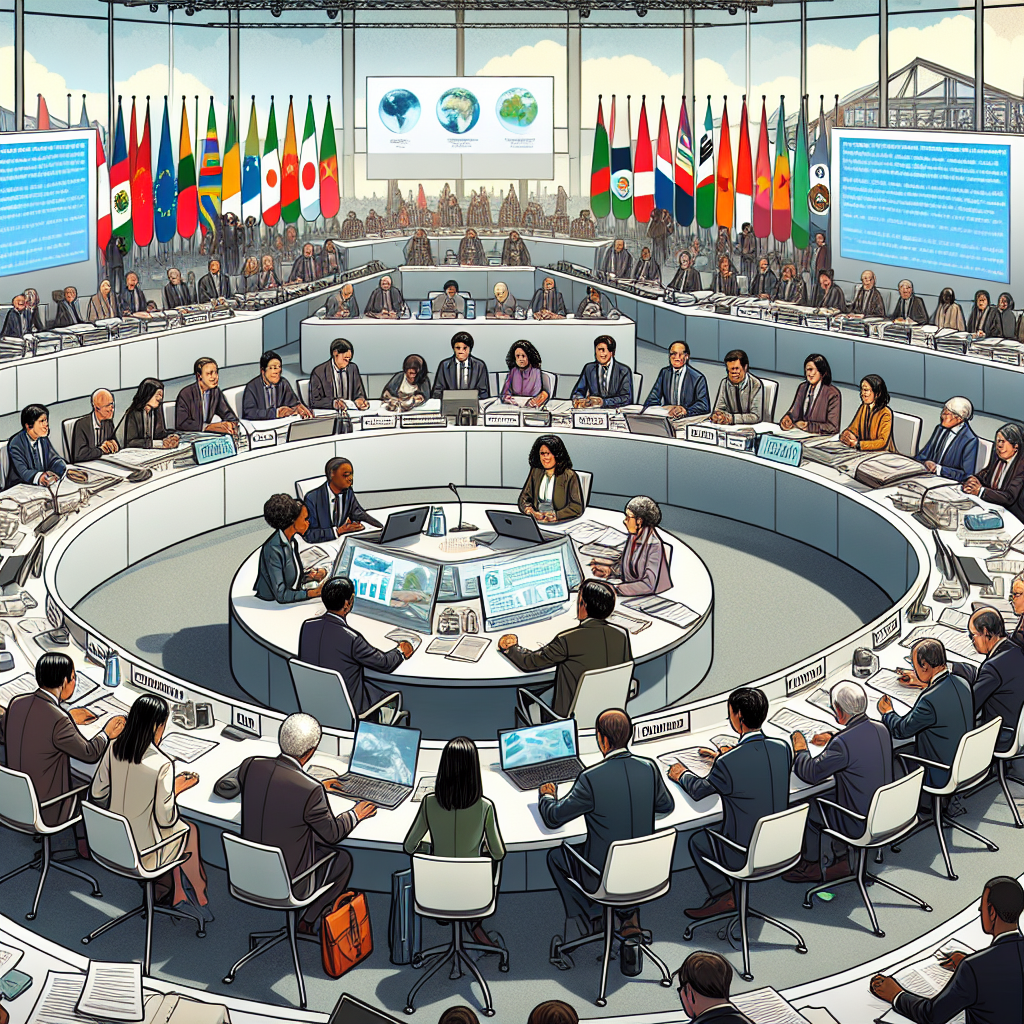The Untold Story: Mia le Roux’s Courageous Journey and the Condition Behind Her Miss Universe Exit
In the glamorous world of beauty pageants, where poise, grace, and perfection are celebrated, the personal struggles of contestants often remain hidden behind the spotlight. Recently, the news of Mia le Roux’s unexpected exit from the Miss Universe competition has captured the attention of fans and followers worldwide. In this article, we delve into the courageous journey of Mia le Roux, exploring the unmanageable condition that led to her decision and the broader implications it holds for the beauty industry.
The Rise of Mia le Roux: A Promising Journey
Mia le Roux’s journey to the Miss Universe stage was nothing short of inspiring. Born and raised in a small town, Mia’s passion for modeling and pageantry was evident from a young age. Her dedication and hard work paid off when she was crowned Miss South Africa, earning her a coveted spot in the Miss Universe competition.
Early Life and Aspirations
- Hometown: Mia grew up in a close-knit community where she was known for her vibrant personality and determination.
- Education: She pursued a degree in communications, balancing her academic commitments with her modeling career.
- Pageant Beginnings: Mia’s journey in pageantry began with local competitions, where she quickly gained recognition for her charisma and talent.
Achievements and Recognition
- Miss South Africa Title: Winning the national title was a dream come true for Mia, marking a significant milestone in her career.
- Philanthropic Efforts: Beyond the glitz and glamour, Mia was actively involved in charitable initiatives, advocating for education and women’s empowerment.
The Unmanageable Condition: A Hidden Struggle
While Mia le Roux’s public persona exuded confidence and elegance, she was silently battling a condition that ultimately led to her withdrawal from the Miss Universe competition. This revelation has sparked conversations about the pressures faced by beauty queens and the importance of mental and physical well-being.
Understanding the Condition
- Nature of the Condition: Mia’s condition, which she described as “unmanageable,” affected her ability to perform at her best. Although specific details remain private, it is believed to be a chronic health issue.
- Impact on Daily Life: The condition posed significant challenges, impacting Mia’s physical health and emotional well-being.
The Decision to Withdraw
- A Difficult Choice: Mia’s decision to step down from the competition was not made lightly. It was a testament to her courage and self-awareness.
- Support System: Throughout this challenging time, Mia received unwavering support from her family, friends, and fans, who applauded her bravery.
The Broader Implications: Rethinking Beauty Standards
Mia le Roux’s story sheds light on the often-overlooked pressures faced by beauty pageant contestants. It calls for a reevaluation of the standards and expectations placed on these individuals, emphasizing the need for a more inclusive and compassionate approach.
The Pressure to Conform
- Unrealistic Expectations: Beauty pageants have long been criticized for promoting narrow standards of beauty, often neglecting the diverse realities of contestants.
- Mental Health Concerns: The pressure to maintain a flawless image can take a toll on contestants’ mental health, leading to anxiety and stress.
Advocating for Change
- Promoting Inclusivity: Mia’s story highlights the importance of embracing diversity and inclusivity in the beauty industry.
- Raising Awareness: By sharing her experience, Mia has opened up a dialogue about the need for greater awareness and support for contestants facing similar challenges.
Mia le Roux’s Legacy: Inspiring Change
Despite her early exit from the Miss Universe competition, Mia le Roux’s legacy continues to inspire change within the beauty industry. Her courage and resilience serve as a reminder that true beauty lies in authenticity and self-acceptance.
Continuing Her Advocacy
- Public Speaking: Mia has expressed her desire to use her platform to advocate for mental health awareness and support for individuals with chronic conditions.
- Empowering Others: Through her story, Mia hopes to empower others to prioritize their well-being and embrace their unique journeys.
The Future of Beauty Pageants
- A Shift in Perspective: Mia’s experience has prompted discussions about the future of beauty pageants, encouraging organizers to prioritize contestants’ health and well-being.
- Championing Diversity: As the industry evolves, there is a growing emphasis on celebrating diverse beauty and redefining traditional standards.
Conclusion: Celebrating Courage and Authenticity
Mia le Roux’s journey is a powerful reminder of the strength and resilience that lies within each of us. Her decision to prioritize her health and well-being over societal expectations is a testament to her courage and authenticity. As we celebrate her story, let us also reflect on the broader implications it holds for the beauty industry and the importance of embracing diversity and inclusivity.
In a world that often prioritizes perfection, Mia le Roux’s legacy encourages us to celebrate our unique journeys and redefine what it means to be truly beautiful.


